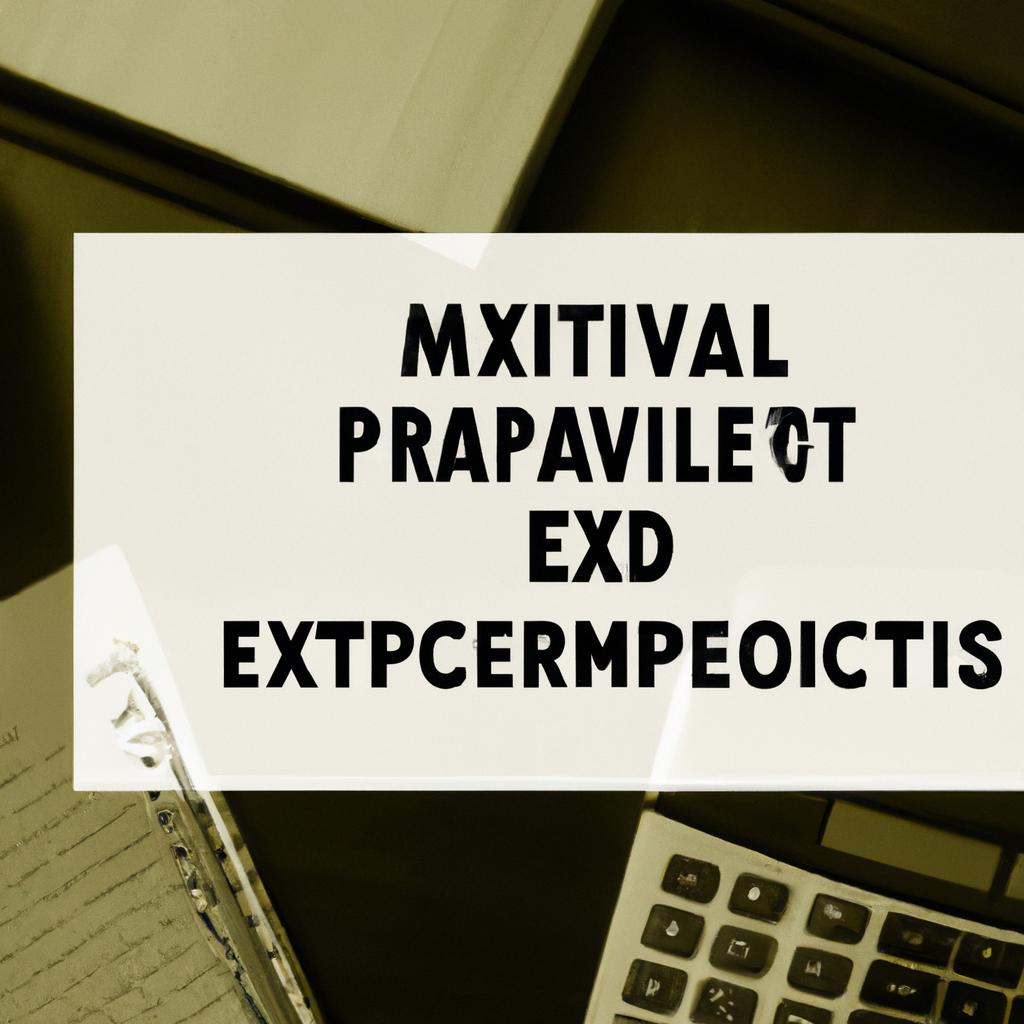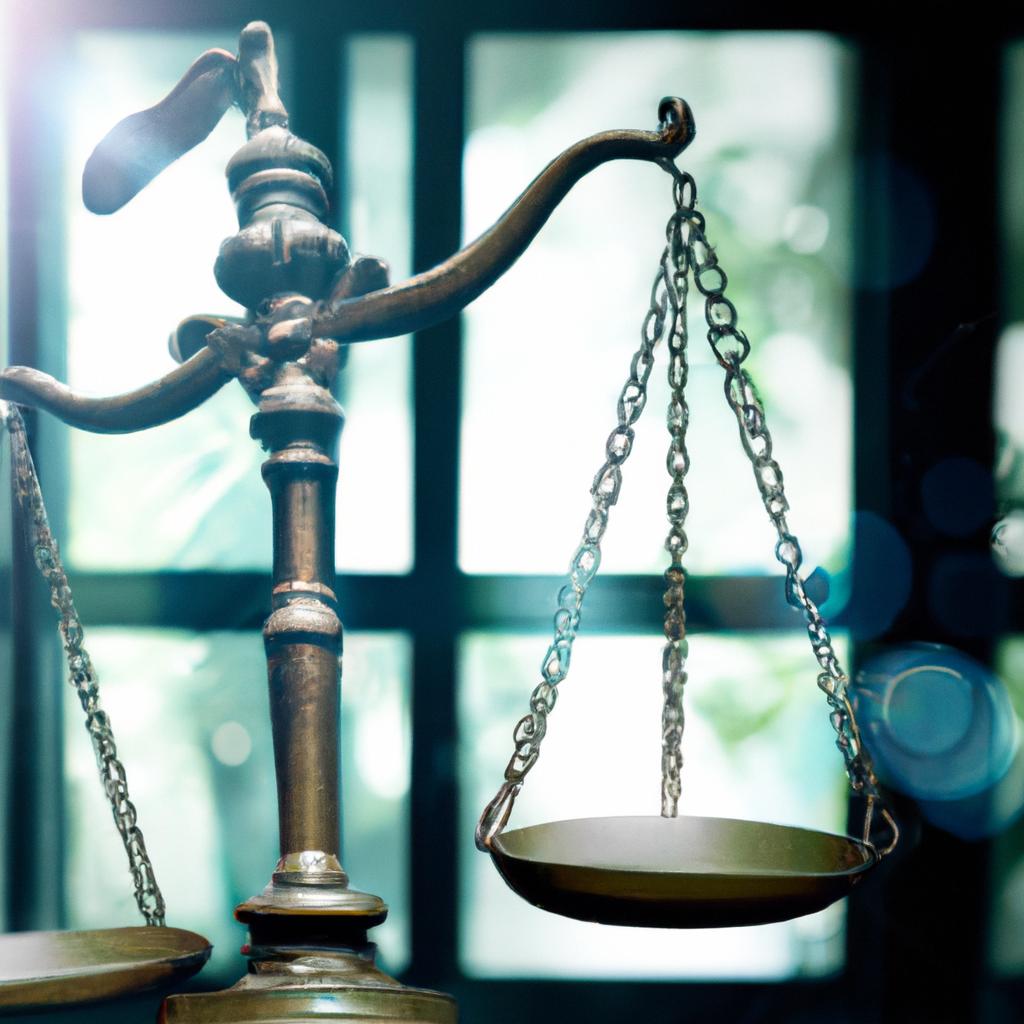As the legal landscape continues to evolve, individuals are faced with complex decisions surrounding the distribution of their assets after their passing. Within the realm of estate planning, the concept of probate versus non-probate assets stands as a critical juncture in determining the efficient transfer of wealth to designated beneficiaries. At Morgan Legal Group in New York City, our team of experienced lawyers specializes in navigating the intricacies of probate, elder law, Wills, and trusts to ensure that our clients’ wishes are carried out seamlessly and effectively. In this article, we delve into the intricacies of probate and non-probate assets, shedding light on the distinctions between the two and providing valuable insights for individuals seeking to safeguard their legacy.
Probate vs Non-Probate: Understanding the Key Differences
In the realm of estate planning, understanding the key differences between probate and non-probate assets is essential. Probate refers to the legal process of administering a deceased person’s estate, whereas non-probate assets can be transferred directly to beneficiaries without court intervention. Knowing the distinctions between these two categories can help individuals make informed decisions when structuring their estate plans.
Probate assets typically include property solely owned by the deceased individual, while non-probate assets encompass jointly owned property, assets with designated beneficiaries (such as life insurance policies and retirement accounts), and assets held in trusts. Avoiding probate can lead to quicker distribution of assets, lower costs, and increased privacy for beneficiaries. However, certain cases may still require probate to resolve disputes or ensure proper estate administration.

Navigating Probate: The Pros and Cons
When it comes to navigating probate, there are both pros and cons to consider. Let’s take a closer look at the differences between probate and non-probate assets:
| Probate Assets | Non-Probate Assets |
|---|---|
| Includes assets solely in the deceased’s name | Includes assets with named beneficiaries |
| Requires court supervision | Avoids court involvement |
| Can be time-consuming and costly | Usually quicker and less expensive to distribute |
While probate provides a structured process for distributing assets, it can also be a complex and lengthy process. Non-probate assets, on the other hand, offer a more streamlined approach to estate distribution. It’s important to carefully consider your options and consult with a qualified estate planning attorney to determine the best course of action for your unique situation.

Maximizing Efficiency: Recommendations for Streamlining the Probate Process
When considering whether to go through the probate process or opt for non-probate alternatives, it is crucial to weigh the benefits and drawbacks of each option. Probate involves court-supervised administration of an estate, which can be time-consuming and costly. On the other hand, non-probate assets bypass the probate process, allowing for a quicker distribution of assets to beneficiaries. Ultimately, the decision between probate and non-probate will depend on the specific circumstances of the estate.
In order to make an informed decision, it is essential to consult with an experienced estate planning attorney. They can provide personalized guidance based on the unique factors of your estate. Additionally, creating a comprehensive estate plan that includes both probate and non-probate strategies can help streamline the process and ensure a smooth transition of assets to your loved ones.

Protecting Assets: Strategies for Minimizing Probate Costs
When it comes to protecting assets and minimizing probate costs, understanding the difference between probate and non-probate assets is crucial. Probate assets are those that are subject to the court-supervised process of distributing a deceased person’s estate, while non-probate assets can pass directly to beneficiaries without the need for probate. By strategically planning and designating assets appropriately, individuals can reduce the time and costs associated with probate.
Common examples of non-probate assets include jointly owned property with rights of survivorship, retirement accounts with designated beneficiaries, life insurance policies with named beneficiaries, and trust assets. By incorporating these assets into an estate plan, individuals can avoid probate costs and streamline the distribution process for their loved ones. Additionally, seeking guidance from an experienced estate planning attorney can ensure that assets are structured in a way that minimizes probate expenses and maximizes the protection of assets for future generations.
Q&A
Q: What is probate and non-probate?
A: Probate is the legal process of transferring assets and property from a deceased person to their beneficiaries. Non-probate assets are those that pass directly to beneficiaries without the need for probate court involvement.
Q: What types of assets go through probate?
A: Generally, assets that are solely owned by the deceased person and do not have a designated beneficiary or joint owner will go through probate. This can include real estate, vehicles, and personal belongings.
Q: What are some examples of non-probate assets?
A: Non-probate assets can include life insurance policies, retirement accounts with named beneficiaries, jointly owned property with rights of survivorship, and assets held in a trust.
Q: What is the main advantage of non-probate assets?
A: Non-probate assets bypass the probate process, which can be time-consuming and expensive. This allows beneficiaries to receive their inheritance more quickly and with fewer complications.
Q: Are there any downsides to non-probate assets?
A: One potential downside of non-probate assets is that they may not always align with the deceased person’s wishes as stated in a will. Additionally, some non-probate assets may be subject to estate taxes.
Q: How can someone ensure their assets avoid probate?
A: To ensure assets avoid probate, individuals can designate beneficiaries on accounts and holdings, establish a trust, and consider joint ownership with rights of survivorship. It is also important to regularly review and update estate planning documents.
To Conclude
In conclusion, understanding the differences between probate and non-probate assets is crucial when it comes to estate planning. By taking the time to properly categorize your assets and designate beneficiaries, you can ensure a smooth transition of your assets to your loved ones after your passing. Whether you choose to go through probate or utilize non-probate methods, it’s important to seek professional guidance to navigate the complexities of estate planning. Ultimately, taking the necessary steps now can provide peace of mind for you and your family in the future.
 When it comes to managing the assets and estate of a deceased person, many legal terms and processes can be confusing. Two terms that often come up in such situations are probate and non probate. Understanding the difference between these two terms is crucial for ensuring that the process of asset distribution and estate management runs smoothly and effectively. In this article, we will explore the key differences between probate and non probate, their respective benefits and drawbacks, and the factors that determine which one is applicable in a given situation.
When it comes to managing the assets and estate of a deceased person, many legal terms and processes can be confusing. Two terms that often come up in such situations are probate and non probate. Understanding the difference between these two terms is crucial for ensuring that the process of asset distribution and estate management runs smoothly and effectively. In this article, we will explore the key differences between probate and non probate, their respective benefits and drawbacks, and the factors that determine which one is applicable in a given situation.
Probate refers to the legal process of proving the validity of a will and settling the estate of a deceased person. This process is handled by the probate court and involves the following steps:
1. Validating the will: The first step in the probate process is to determine the validity of the deceased’s will. This involves ensuring that the will is the most recent version, is properly signed and witnessed, and is not the result of undue influence or fraud.
2. Appointing an executor: The next step is to appoint an executor or personal representative who will be responsible for managing the estate and distributing assets according to the will. The executor may be named in the will or appointed by the court if there is no named executor.
3. Inventory and appraisal of assets: The executor must identify and list all of the deceased’s assets, including real estate, investments, bank accounts, and personal belongings. These assets must be appraised to determine their value as of the date of the deceased’s death.
4. Paying debts and taxes: The deceased’s outstanding debts, taxes, and final expenses must be paid using the assets from the estate. This may require selling assets or using funds from bank accounts.
5. Distributing the remaining assets: Once all debts and taxes have been paid, the remaining assets can be distributed to the beneficiaries named in the will. This distribution must go through the probate court for approval.
On the other hand, non probate assets are those that do not go through the probate process. These include assets that are jointly owned with another person, assets held in a trust, and assets with designated beneficiaries. Non probate assets can be distributed to the beneficiary immediately after the death of the owner without the involvement of the probate court.
Some common types of non probate assets include:
1. Jointly owned property: Property that is owned jointly by two or more people typically passes to the surviving owner upon the death of one owner.
2. Retirement accounts: IRAs, 401(k)s, and other retirement accounts typically have designated beneficiaries, who will receive the assets without going through probate.
3. Life insurance policies: Life insurance policies also have designated beneficiaries and will be paid out directly to the beneficiaries.
4. Trusts: Assets held in a trust are managed and distributed according to the terms of the trust document, and do not go through probate.
Now that we have a better understanding of the probate and non probate processes, let’s delve into the benefits and drawbacks of each.
Benefits of Probate:
1. Court supervision: The probate process is supervised by the court, ensuring that the estate is being handled properly and the beneficiaries’ rights are protected.
2. Resolving disputes: Probate allows for any disputes over the will or the estate to be resolved in a court of law.
3. Creditors’ rights: Probate provides a mechanism for creditors to make claims against the estate, ensuring that the deceased’s debts are properly settled.
4. Distribution according to the will: The probate process ensures that the deceased’s assets are distributed according to their wishes as outlined in their will.
Drawbacks of Probate:
1. Time consuming: Probate can be a lengthy process, taking months or even years to complete. During this time, the assets may be tied up and inaccessible to the beneficiaries.
2. Costly: The probate process involves court fees, attorney fees, and appraiser fees, which can add up quickly and reduce the value of the estate.
3. Public record: The probate process is a matter of public record, meaning that anyone can access the details of the deceased’s assets and beneficiaries.
Benefits of Non Probate:
1. Avoiding probate: Non probate assets do not have to go through the probate process, saving time and money.
2. Privacy: Non probate assets are not subject to public record, providing more privacy for the deceased’s affairs.
3. Quick distribution: Non probate assets can be distributed immediately after the death of the owner, giving the beneficiaries timely access to their inheritance.
Drawbacks of Non Probate:
1. Lack of court supervision: Since non probate assets do not go through the court, there is no oversight to ensure that the assets are distributed properly and according to the owner’s wishes.
2. No resolution of disputes: If there are any disputes over the distribution of non probate assets, there is no court to resolve them unless legal action is taken.
3. Limited control over distribution: The owner of non probate assets has limited control over who receives their assets after their death, as the assets are automatically passed to the designated beneficiary upon their death.
Determining whether probate or non probate is applicable in a given situation depends on various factors, including the type and value of assets, the existence of a will or trust, and the number of beneficiaries. It is always recommended to consult with an attorney who specializes in estate planning to determine the best course of action for managing the assets of a deceased person.
In conclusion, understanding the difference between probate and non probate is essential for managing the assets and estate of a deceased person. Both processes have their benefits and drawbacks, and the decision to go through probate or not ultimately depends on the individual’s unique circumstances. By seeking professional advice and planning ahead, one can ensure that their assets are properly distributed and their loved ones are taken care of after their passing.


